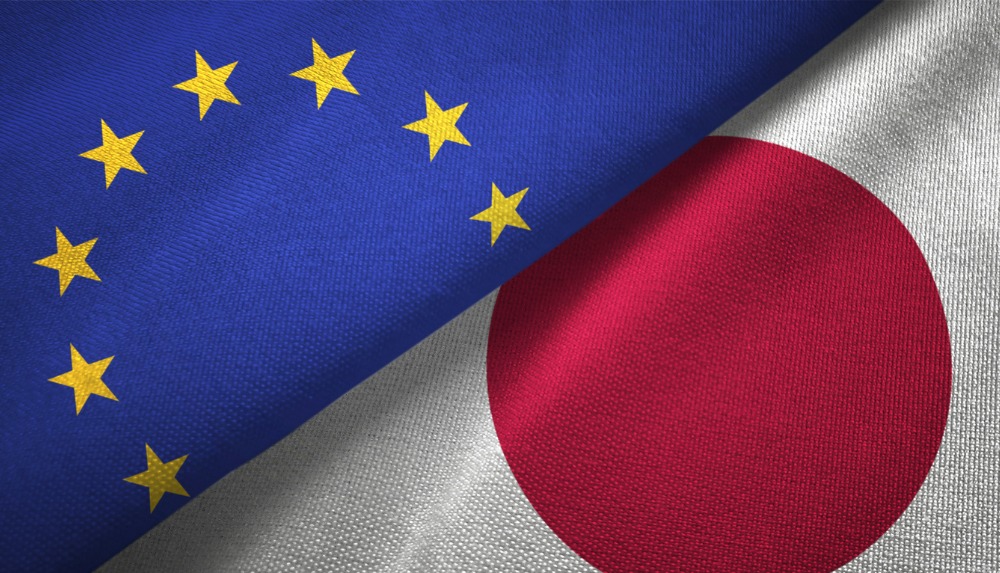Policy divergence between North America and the U.K., as well as Japan, show potential benefits of a wider fixed-income perspective

To combat elevated inflation, central banks in North America have embarked on aggressive rate hike campaigns, leading to yield curve flattening that’s rocked bond and equity markets in the region. With those and other local pressures weighing on investors’ portfolios, it may be time to consider expanding their exposure to other shores.
In a commentary contributed to AGF Perspectives, Tom Nakamura, Vice President and Portfolio Manager at AGF Investments Inc., said that the three-month conflict that’s been raging in Ukraine poses an obvious risk to the European Union's economic development. That is likely to prevent the ECB from being too proactive in hiking rates off from zero or otherwise modifying its policy position.
It also poses a paradox for the central bank as downward fears about growth are coupled with upward pressure on inflation, particularly in the energy and food sectors.
Across the world, the Bank of Japan is also not expected to raise rates at all in 2022. Nakamura cited the Japanese central bank’s apparently steadfast commitment to yield curve control and ultra-loose monetary policy. And with inflation in Japan running well below the BoJ’s notional 2% target, policymakers have plenty of headroom for monetary stimulus.
The impact of this policy disparity can be seen in the yield curves of these countries: whereas U.S. and Canadian government bonds are flattening, European and Japanese government bonds remain consistently steeper. This difference may persist for some time.
While the conflict in Ukraine is expected to have a short-term impact on the ECB's accommodating policy, major friction in the energy and agriculture markets is likely to endure regardless of any resolution with Russia.
Nakamura pointed out the importance in remembering that, even before the Russia-Ukraine crisis, European and North American monetary policies were already diverging; if the conflict persists or intensifies, the gap might increase even more.
Additionally, due to demographic issues, the region's longer-term growth prognosis already trails that of the United States, implying that monetary policy will be looser in the long run. This is especially true in Japan, which, according to the World Bank, has the world's oldest population (28% of the population is over 65) and hasn't had GDP growth of more than 2% in nearly a decade.
“For investors, this divergence presents a window of opportunity to consider bond yields a little more thoughtfully than simply focusing on the U.S. and Canada,” Nakamura said. “With rates rising globally, there has been no place to hide from declining bond prices, but the declines have been less ravaging in Europe and Japan than elsewhere.”
As an example, Nakamura illustrated that if Japan's yield curve is "too steep" and the US curve is "too flat," an investor might prefer exposure to longer-term Japanese bonds and shorter-term Treasuries. Or, to the extent that lower rates promote stocks, Europe and Japan's decreased relative yields present significant chances in equities.
“[A]s bad as bond markets have been in 2022, there are opportunities to be had for investors with the flexibility to look beyond more familiar countries,” he said.



